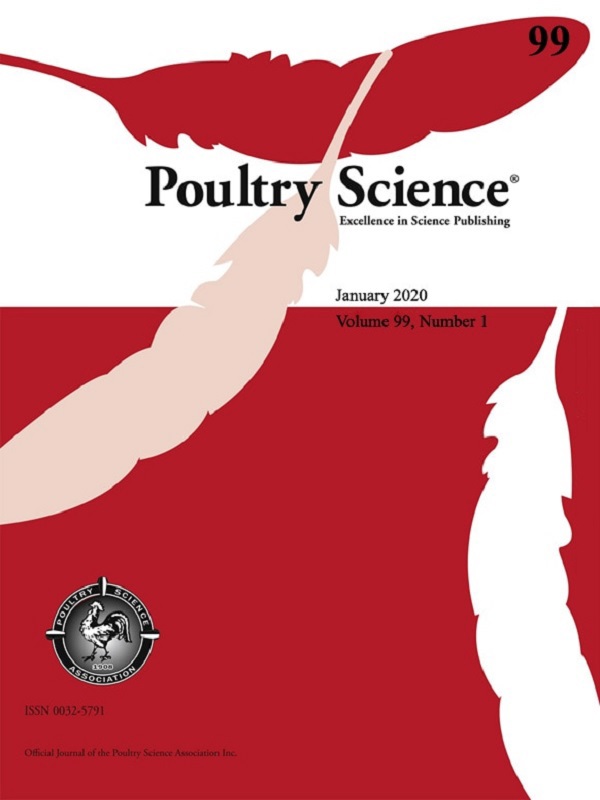Tolerance and safety evaluation of L-glutamic acid, N,N-diacetic acid as a feed additive in broiler diets
By Gavin Boerboom ,*,y,1 Javier Martín-Tereso ,y Teun Veldkamp , z Jan van Harn,z Paul Bikker , z and
Ronald Busink y
* Animal Nutrition Group, Wageningen University & Research, Wageningen 6708 WD, the Netherlands;
y Trouw Nutrition R&D, Amersfoort 3811 MH, the Netherlands;
z Wageningen Livestock Research, Wageningen University and Research, 6708 WD, Wageningen, the Netherlands
- Poultry
- 2022
- Open Access
J. Martín-Tereso, T. Veldkamp, J. van Harn, P. Bikker, R. Busink

ABSTRACT
The novel chelator, L-glutamic acid, N,N-diacetic acid (GLDA) can be used as a dietary ingredient to safely reduce Zn supplementation in complete feed, without compromising the Zn status of farm animals. The objective of this study was to study dietary tolerance, bioaccumulation, and evaluate the safety of GLDA when supplemented in broiler diets at 0, 100, 300, 1000, 3,000, and 10,000 mg/kg. A total of 480 one-day-old Ross 308 male broilers were randomly allocated to 48 pens and fed one of the 6 experimental diets. Production performance was used to assess tolerance to the additive. At trial end, toxicity was evaluated using hematology, plasma biochemistry (n = 144) and gross necropsy (n = 48). Residue levels of GLDA were assessed in liver, kidney and breast tissue of birds used for necropsy. Performance showed an increase (P < 0.05) in body weight for GLDA inclusion at 300 mg/kg. A decrease on the measured performance parameters was found for the 10,000 mg/kg GLDA inclusion level (P < 0.05). The additive was added as a tetra-sodium salt, leading to sodium levels being 2.5 times higher in the latter treatment compared to the control diet which may have led to impaired intestinal barrier function. Mortality was not different between treatments. Residue levels for GLDA at the highest inclusion indicate that 0.0005% of total GLDA consumption is accumulated in breast tissue. Higher values of GLDA were found in kidney and liver at the highest inclusion level, potentially confirming that the small fraction of GLDA absorbed was readily excreted by the animal. At 100 and 300 mg/kg GLDA inclusion there were negligible amounts of GLDA present in all tissues measured. The present experiment demonstrated a high dietary tolerance to GLDA in broilers and indicated that GLDA does not pose a significant risk to food safety when supplemented below 3,000 mg/kg.
Key words
- GLDA
- trace mineral
- broiler
- tolerance
- feed additive